Bar Harbor balances its role as a gateway to Acadia National Park with a distinct character that extends far beyond serving as a base camp for outdoor adventures. This coastal town combines rugged Maine authenticity with sophisticated dining and cultural offerings, creating a destination where visitors can hike mountain trails in the morning and enjoy world-class cuisine overlooking Frenchman Bay in the evening.
The town’s location on Mount Desert Island places it at the heart of one of New England’s most dramatic landscapes, where granite peaks rise directly from the Atlantic Ocean and pristine lakes nestle between ancient mountains. Here is a list of 15 activities that showcase why Bar Harbor has become much more than just a convenient place to stay while exploring Acadia.
Cadillac Mountain

The first place to see sunrise in the United States from October through March, this 1,530-foot summit provides 360-degree views that encompass ocean, islands, lakes, and distant mountains in a single sweeping panorama. The summit road makes the peak accessible to visitors of all physical abilities, though the early morning drive to catch sunrise requires a commitment that pays off with truly spectacular views.
During peak fall foliage season, the mountain offers perhaps the best vantage point in New England for appreciating the region’s famous autumn colors.
Thunder Hole

This natural rock formation channels incoming waves into a narrow granite chasm where the compressed water creates thunderous sounds and dramatic spray displays. The best viewing occurs during incoming tides when swells reach sufficient size to create the acoustic effects that give this spot its name.
Timing visits with weather conditions and tidal cycles can mean the difference between witnessing nature’s power and seeing calm water lapping quietly against rocks.
Like Travel Pug’s content? Follow us on MSN.
Jordan Pond Path
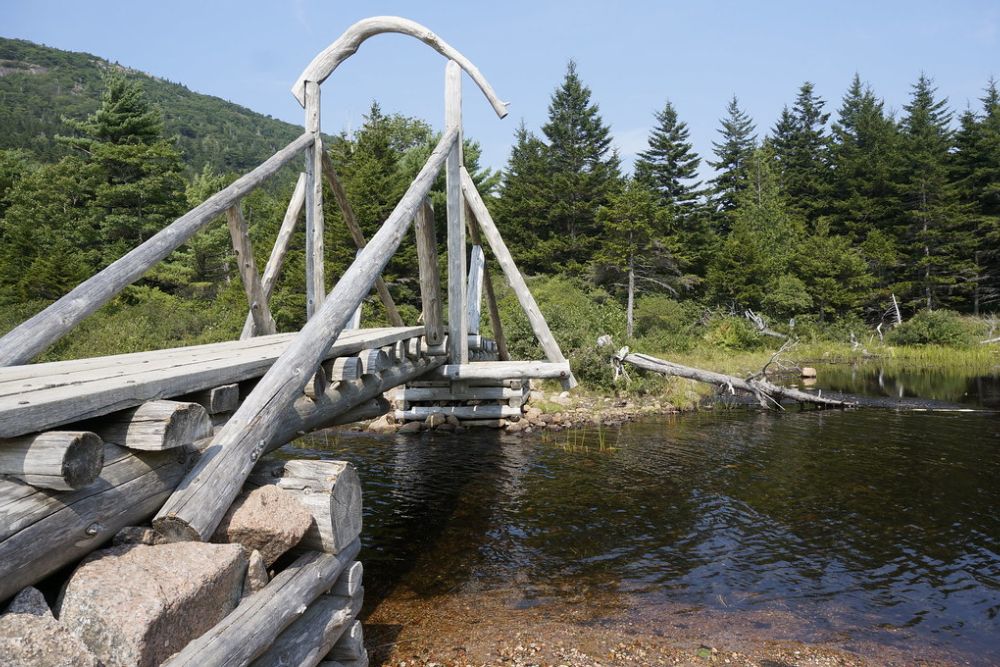
This relatively flat trail circles Jordan Pond while providing constantly changing views of the Bubbles—two perfectly rounded mountains that reflect in the clear water like natural mirrors. The path’s smooth surface makes it accessible to families with young children, while the scenery provides enough interest to satisfy serious hikers looking for a recovery day.
The famous Jordan Pond House restaurant at the trail’s midpoint serves afternoon tea with popovers, continuing a tradition that dates back to the late 1800s.
Bar Harbor Shore Path
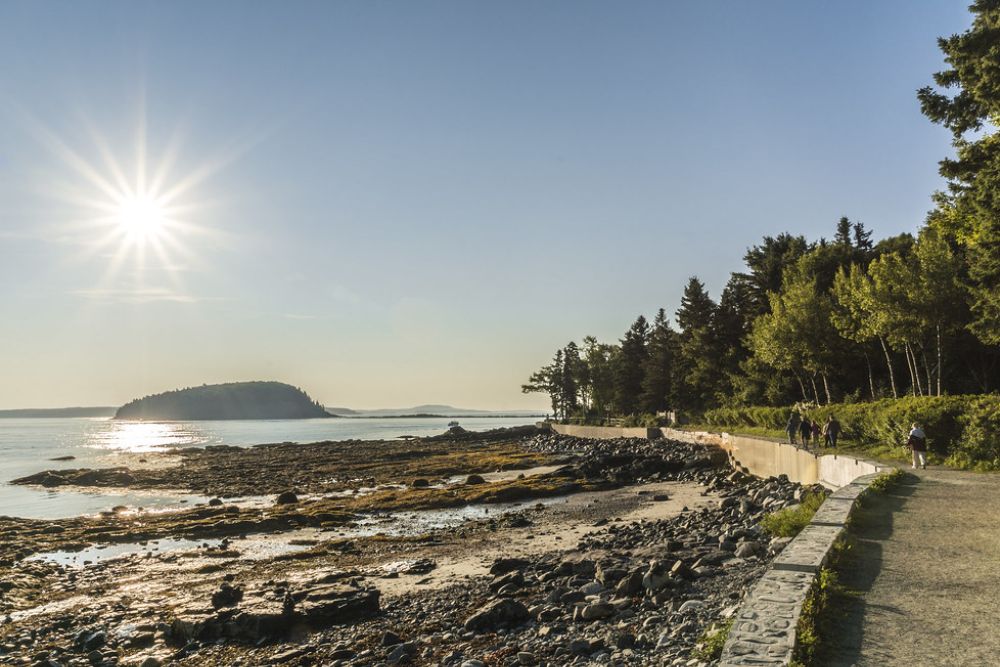
This paved walkway follows the rocky coastline for nearly a mile, passing elaborate summer estates while providing constant ocean views and opportunities to observe tide pool life. The path connects downtown Bar Harbor with several small parks and beaches, making it ideal for morning walks or evening strolls when the setting sun illuminates the granite shoreline.
Historic mansions from the Gilded Age line portions of the route, offering glimpses into the era when Bar Harbor served as a retreat for America’s wealthiest families.
Abbe Museum
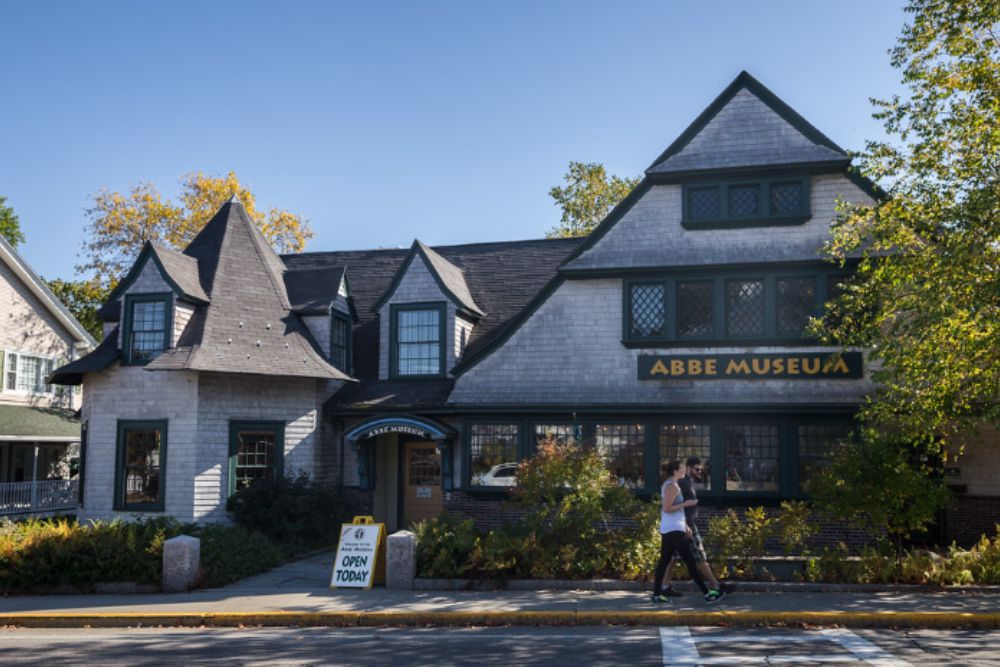
This institution focuses specifically on the Wabanaki people who have inhabited this region for thousands of years, presenting their history and contemporary culture through artifacts, artwork, and interactive exhibits. The museum’s approach emphasizes living culture rather than historical curiosity, featuring contemporary Native American artists and perspectives that provide context for understanding the area’s pre-European history.
Special programs often include traditional craft demonstrations and cultural presentations that bring historical information to life.
Like Travel Pug’s content? Follow us on MSN.
Bar Island
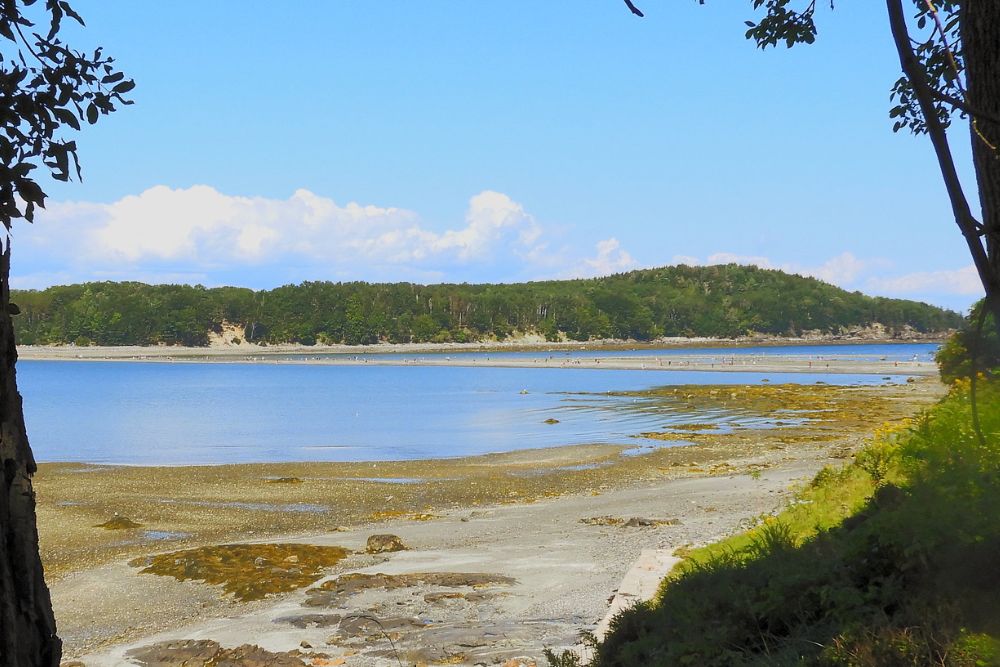
During low tide, a gravel bar emerges connecting Bar Harbor to this small island, creating the unusual opportunity to walk across the ocean floor to reach what becomes an isolated peak during high tide. The timing requires careful attention to tide charts since the causeway disappears completely during high water, potentially strapping visitors on the island for several hours.
The island’s summit provides unique views back toward Bar Harbor and Mount Desert Island while offering the adventure of crossing between the mainland and the island on foot.
Sand Beach
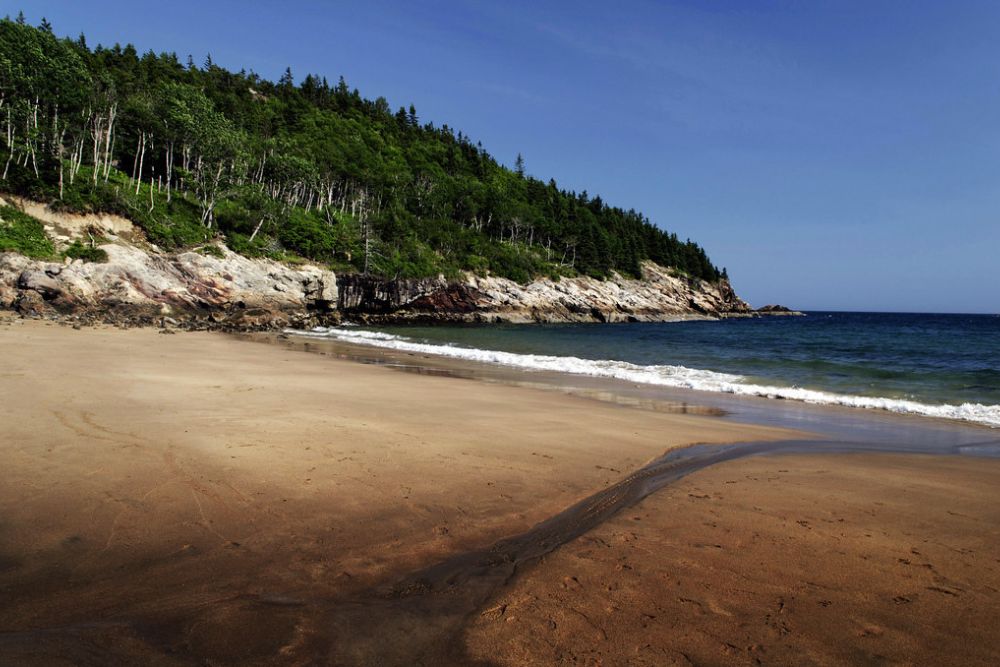
Despite its name, this pocket beach consists primarily of crushed shells and sea urchin fragments that create a unique sandy texture while maintaining the rugged character typical of Maine’s rocky coast. The beach’s protected location makes it one of the few swimming spots along Acadia’s coastline, though water temperatures rarely exceed 60 degrees, even during summer months.
The dramatic setting between granite headlands provides natural windbreaks while creating an intimate coastal environment.
Precipice Trail
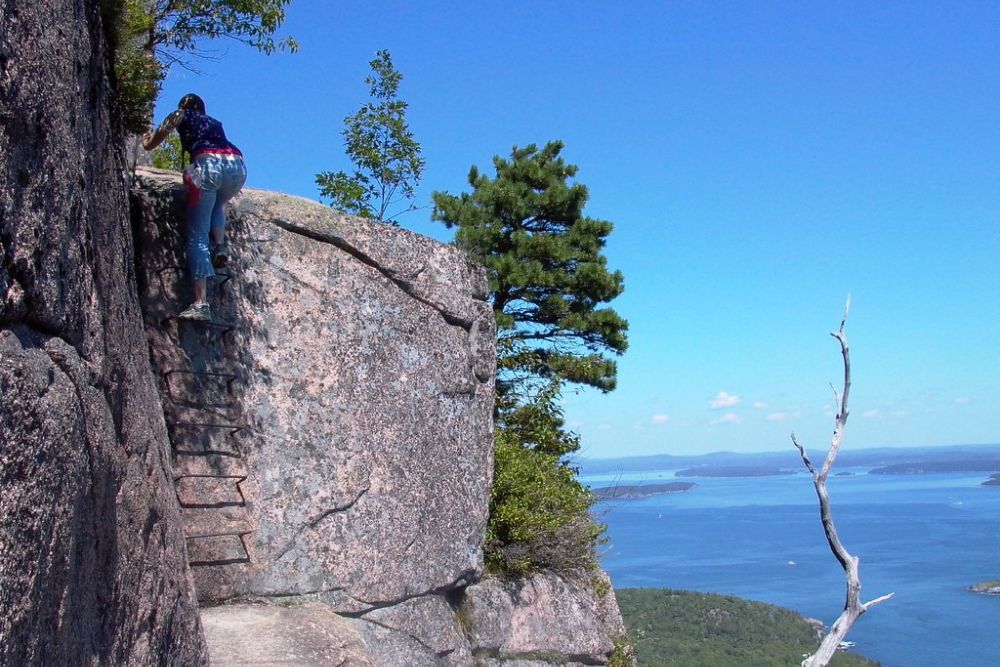
This challenging route up Champlain Mountain features iron rungs and ladders bolted directly into granite cliff faces, creating one of New England’s most adventurous hiking experiences. The trail requires steady nerves and sure footing as it ascends nearly vertical sections where a misstep could prove fatal.
Rangers close the trail during peregrine falcon nesting season, protecting these rare birds while ensuring that hikers can only attempt this route during optimal conditions.
Like Travel Pug’s content? Follow us on MSN.
Great Head Trail
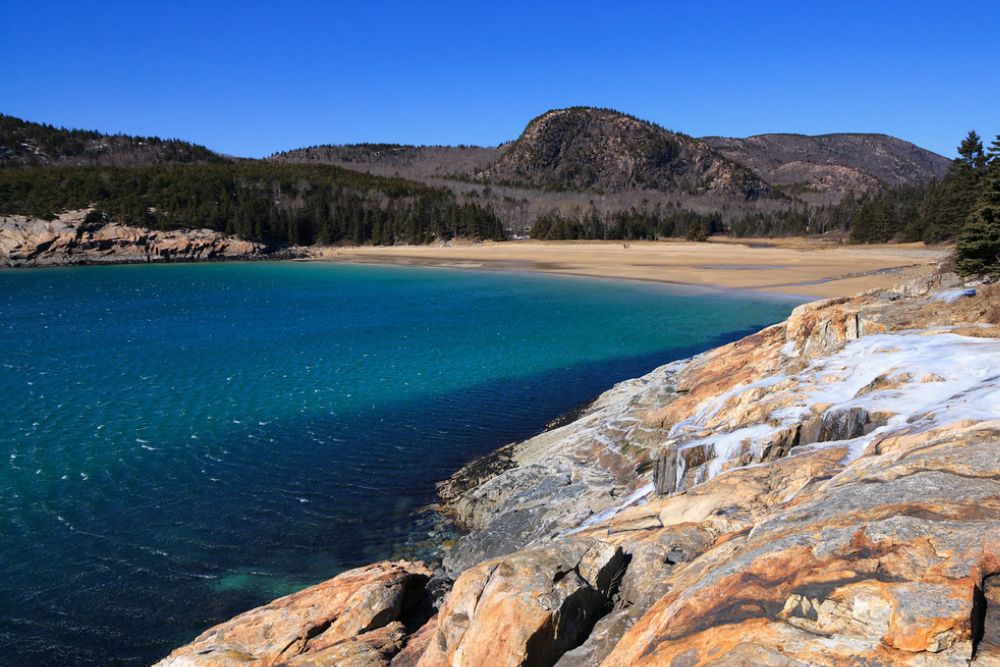
This loop trail explores the headland that forms the eastern boundary of Sand Beach while providing dramatic cliff-top views and opportunities to explore historical ruins from World War II coastal defense installations. The trail’s moderate difficulty makes it accessible to most hikers, while the coastal scenery ranks among the most spectacular in Acadia National Park.
Hidden beaches and coves along the route provide private spots for rest and contemplation away from the main trail.
Frenchman Bay Scenic Byway
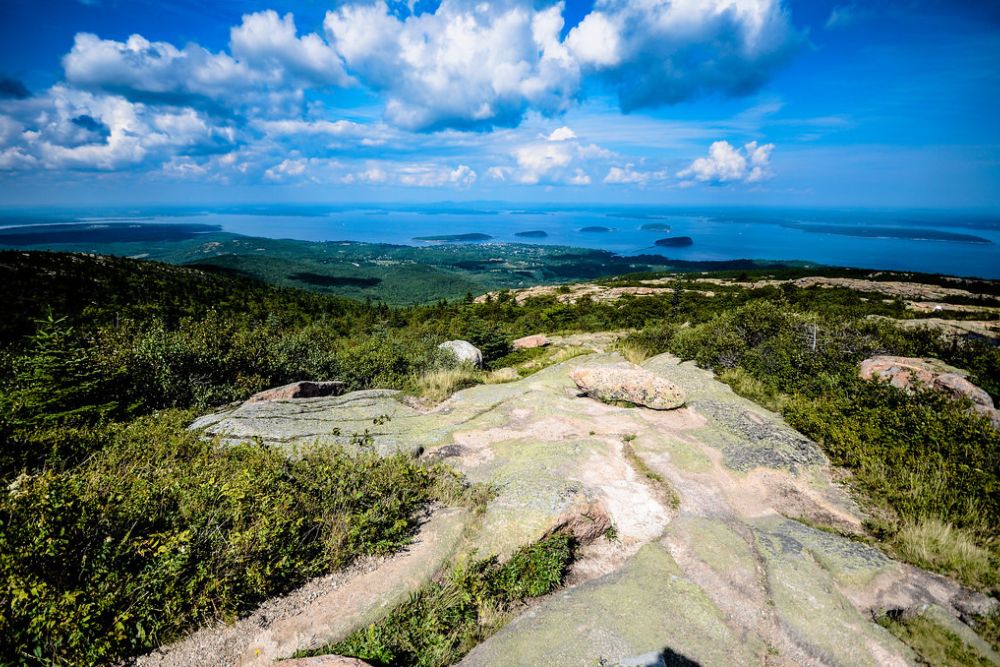
This driving route circles the eastern side of Mount Desert Island while providing access to numerous overlooks, hiking trails, and small communities that showcase different aspects of Maine coastal life. The byway connects Bar Harbor with the village of Winter Harbor, passing through a landscape that transitions from tourist-oriented businesses to working fishing communities.
Several scenic pullouts along the route provide opportunities for photography and wildlife viewing.
Wild Gardens of Acadia
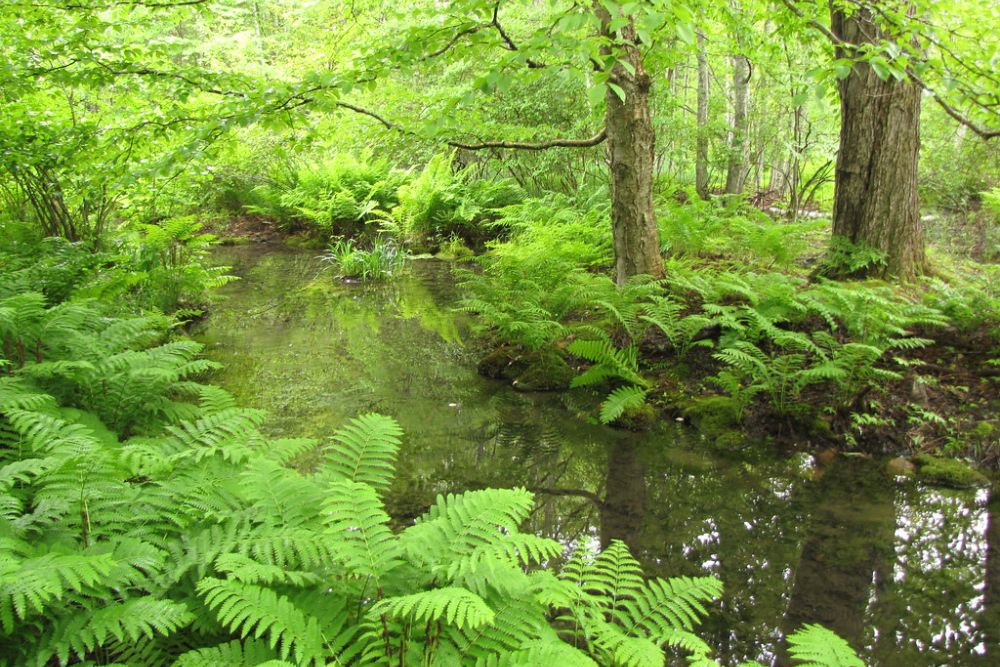
This specialized botanical garden showcases native plants from Mount Desert Island’s diverse ecosystems, from seaside species adapted to salt spray to mountain plants that thrive in harsh alpine conditions. The compact garden allows visitors to see plants they might miss during hiking while providing educational information about the ecological relationships that support Acadia’s natural communities.
The garden’s location near the Nature Center makes it an ideal starting point for understanding the park’s natural history.
Like Travel Pug’s content? Follow us on MSN.
Schoodic Peninsula
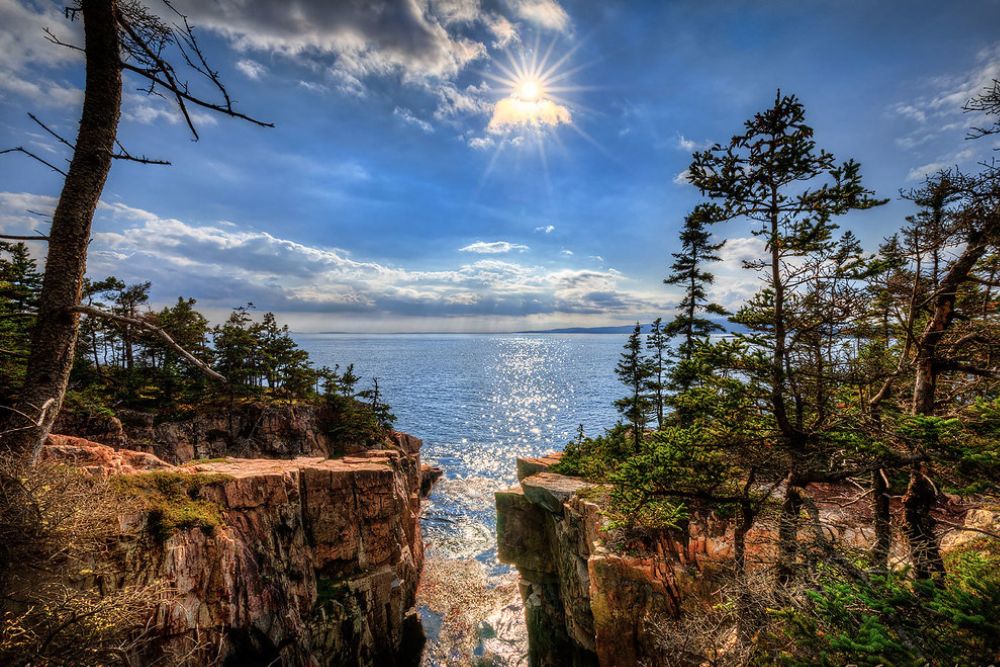
This less-visited section of Acadia National Park offers dramatic granite coastline and hiking opportunities without the crowds that can overwhelm the main Mount Desert Island attractions during peak season. The one-way scenic drive provides access to numerous coastal viewpoints while connecting hiking trails that range from easy nature walks to challenging climbs.
The peninsula’s location across Frenchman Bay from Bar Harbor provides unique perspectives on Mount Desert Island’s mountains rising from the sea.
Bar Harbor Whale Watch
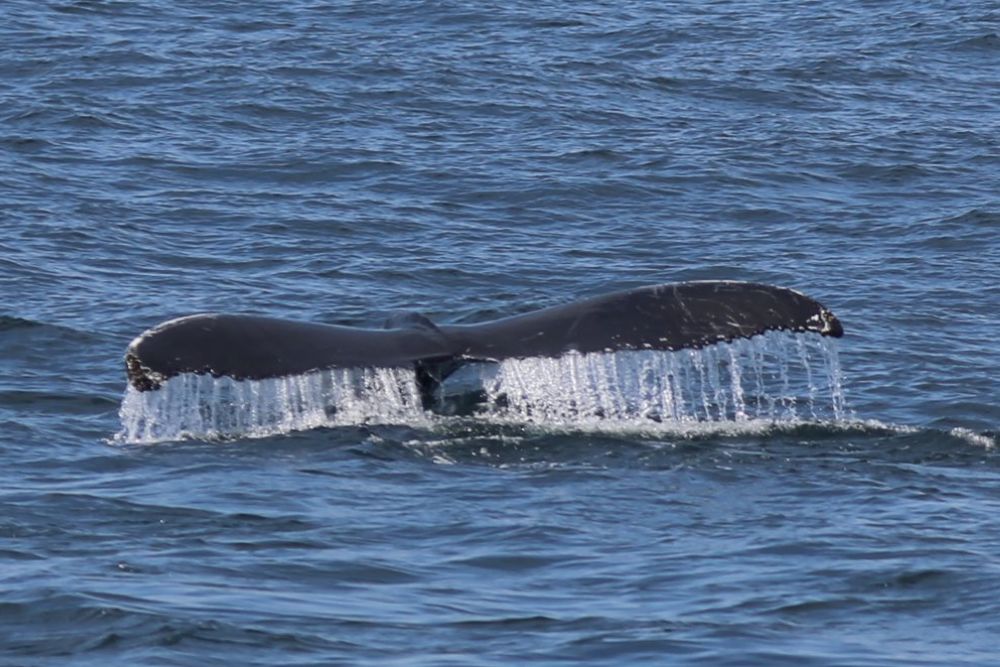
These boat tours venture into the Gulf of Maine, where nutrient-rich waters support populations of finback, humpback, and minke whales that feed throughout the summer months. Experienced naturalists provide educational commentary while helping passengers spot not only whales but also seals, porpoises, and seabirds that make their living in these productive waters.
The tours also provide unique perspectives on Mount Desert Island’s coastline and the lighthouse stations that guide vessels through these challenging waters.
Dorr Museum of Natural History
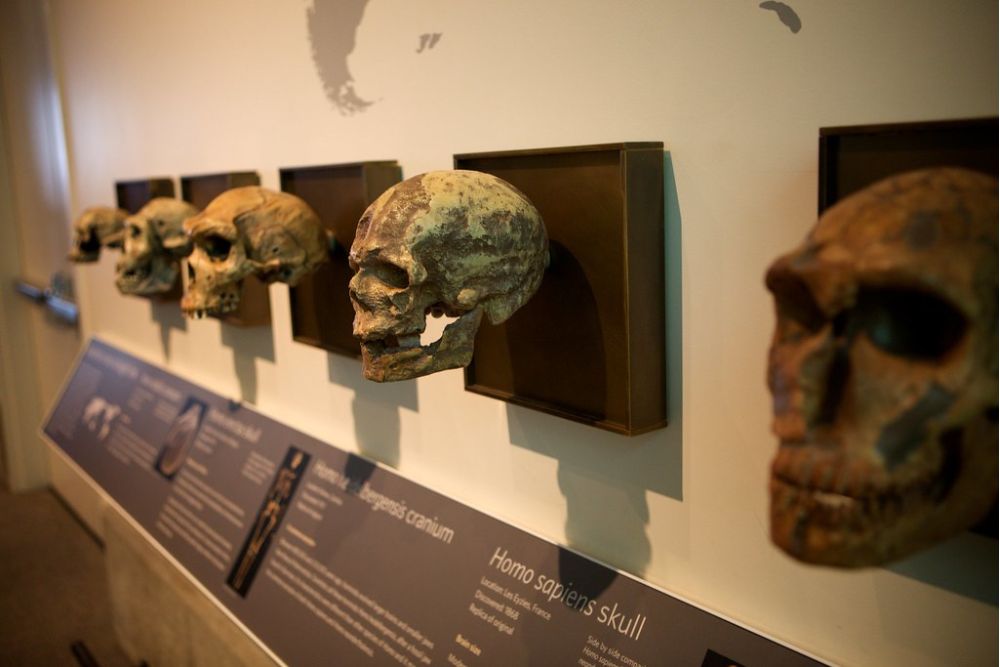
Located in Bar Harbor and affiliated with College of the Atlantic, this small museum provides essential background information about the area’s geology, wildlife, and human history through displays that help visitors understand what they’re seeing during their park explorations. The museum’s exhibits explain how glacial activity shaped the landscape while describing the plant and animal communities that have adapted to this unique environment.
Interactive displays make complex ecological concepts accessible to visitors of all ages.
Like Travel Pug’s content? Follow us on MSN.
Downtown Bar Harbor
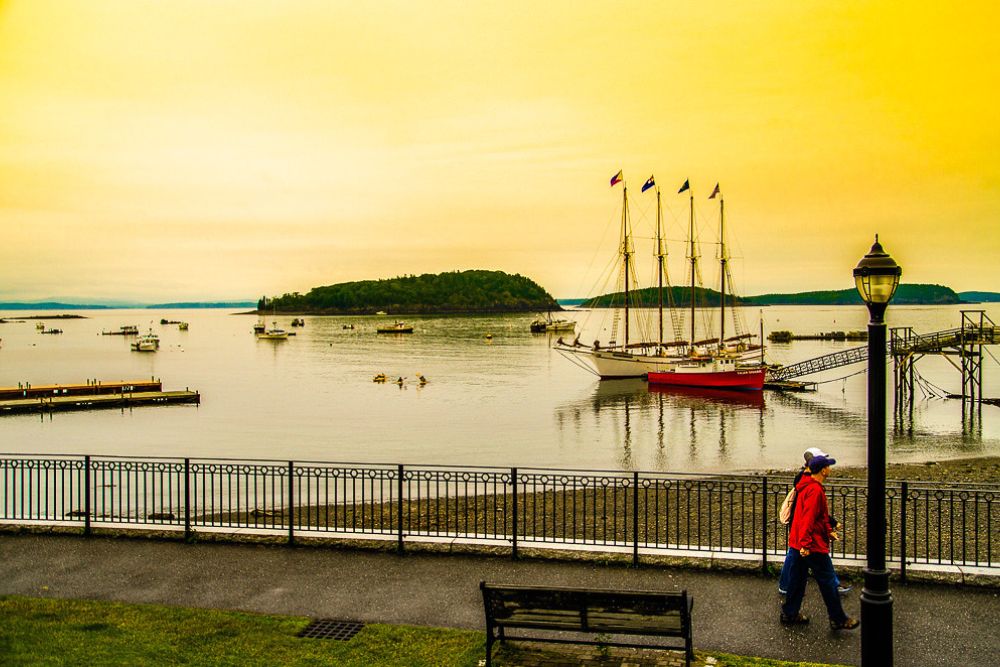
The compact downtown area combines tourist amenities with authentic Maine character, featuring restaurants that serve everything from casual lobster rolls to fine dining while maintaining the unpretentious atmosphere that defines coastal Maine communities. Local shops offer everything from outdoor gear to handmade crafts, while the proximity to the harbor provides constant reminders of the maritime traditions that continue to shape local culture.
Evening walks through downtown often include opportunities to hear live music or attend community events that welcome visitors as temporary locals.
Where Mountains Meet the Sea
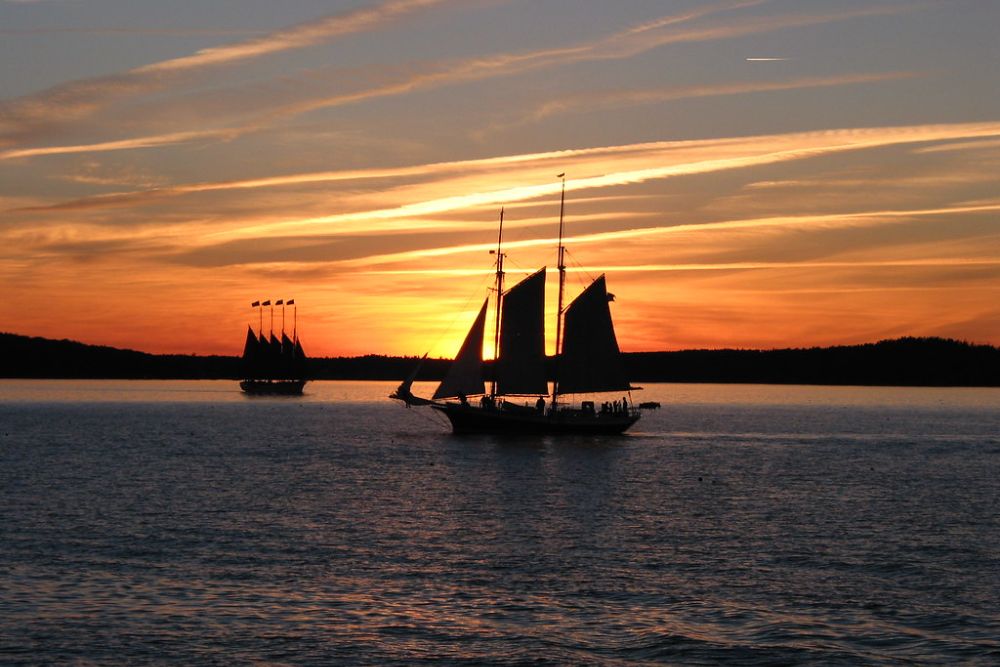
Bar Harbor’s unique position at the intersection of mountains and ocean creates opportunities that exist nowhere else on the East Coast, from sunrise views that span hundreds of miles to tide-pooling adventures just steps from mountain hiking trails. The town serves as more than just a convenient base for exploring Acadia National Park—it provides an authentic Maine coastal experience that complements rather than competes with the natural attractions that draw visitors to this special corner of New England.
The combination ensures that visitors leave with memories that encompass both the wild beauty of the national park and the distinctive character of Maine’s coastal communities.
More from Travel Pug

- 20 Best Beach Towns in the Carolinas
- 13 Destinations Where Tourists Regularly Regret Their Trip
- 20 Things You Actually Get in First Class
- 20 Small Airports With Aviation Museums
- 20 Places in the U.S. That Are Perfect for a Reset Trip
Like Travel Pug’s content? Follow us on MSN.
